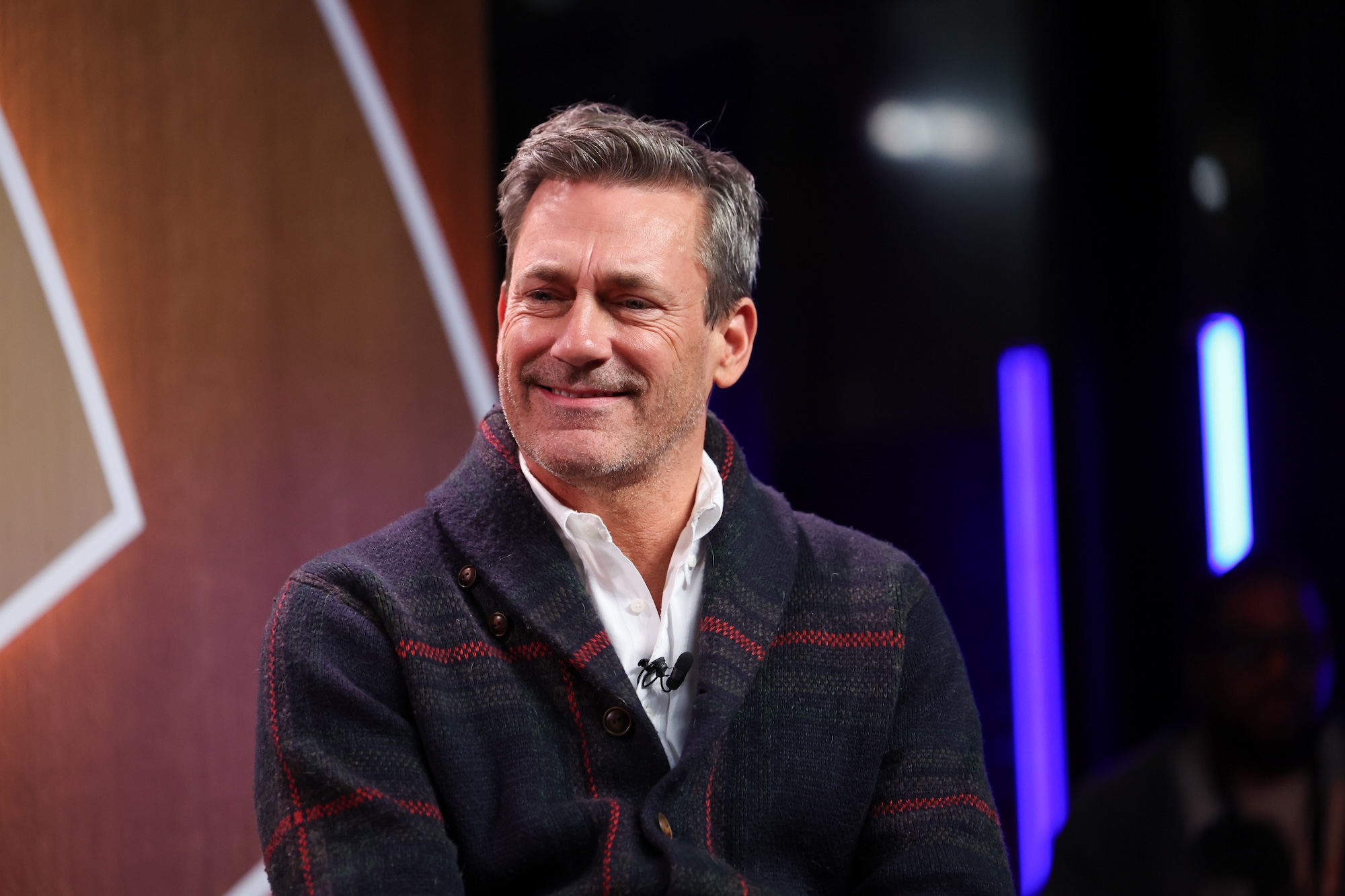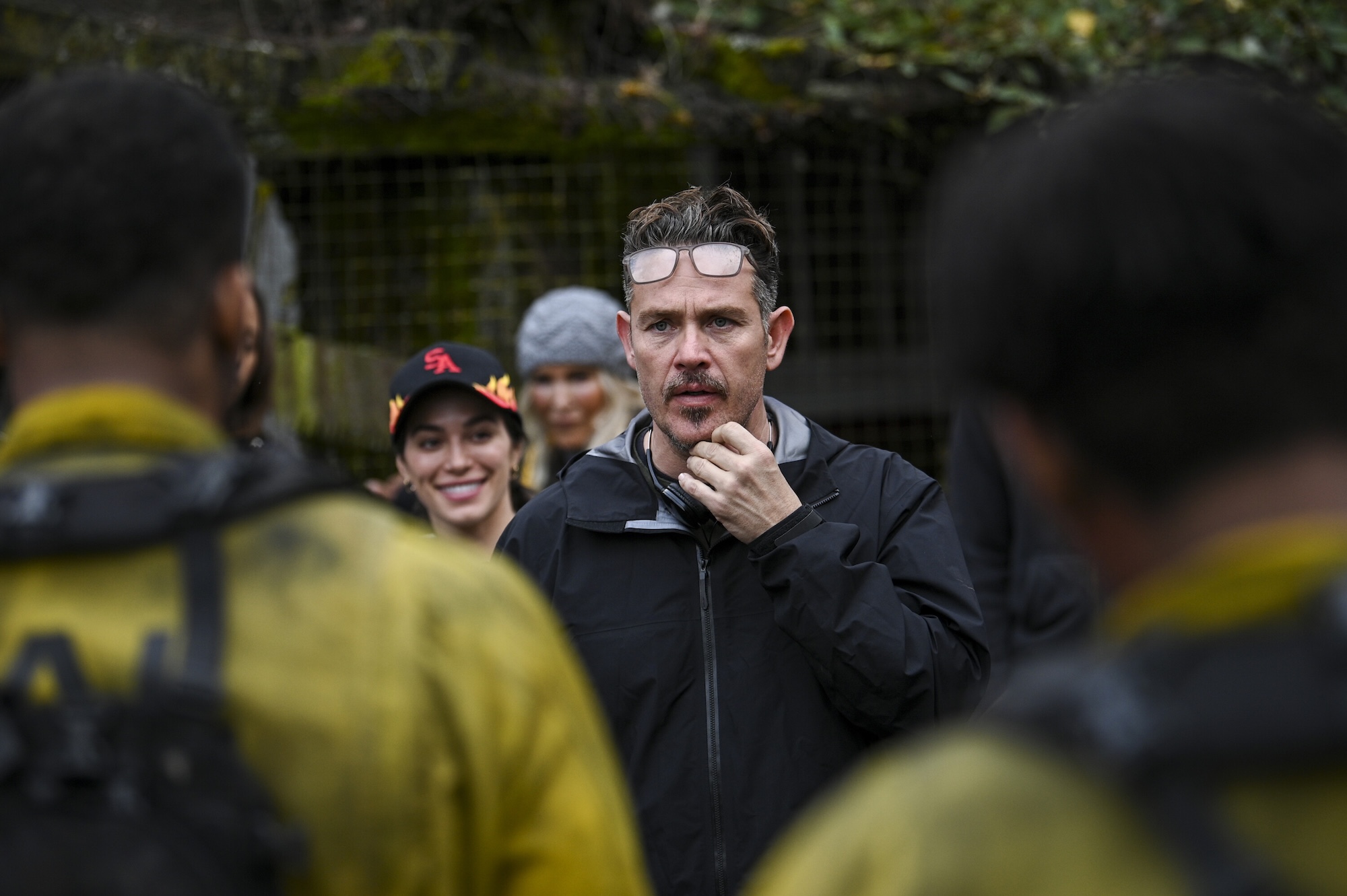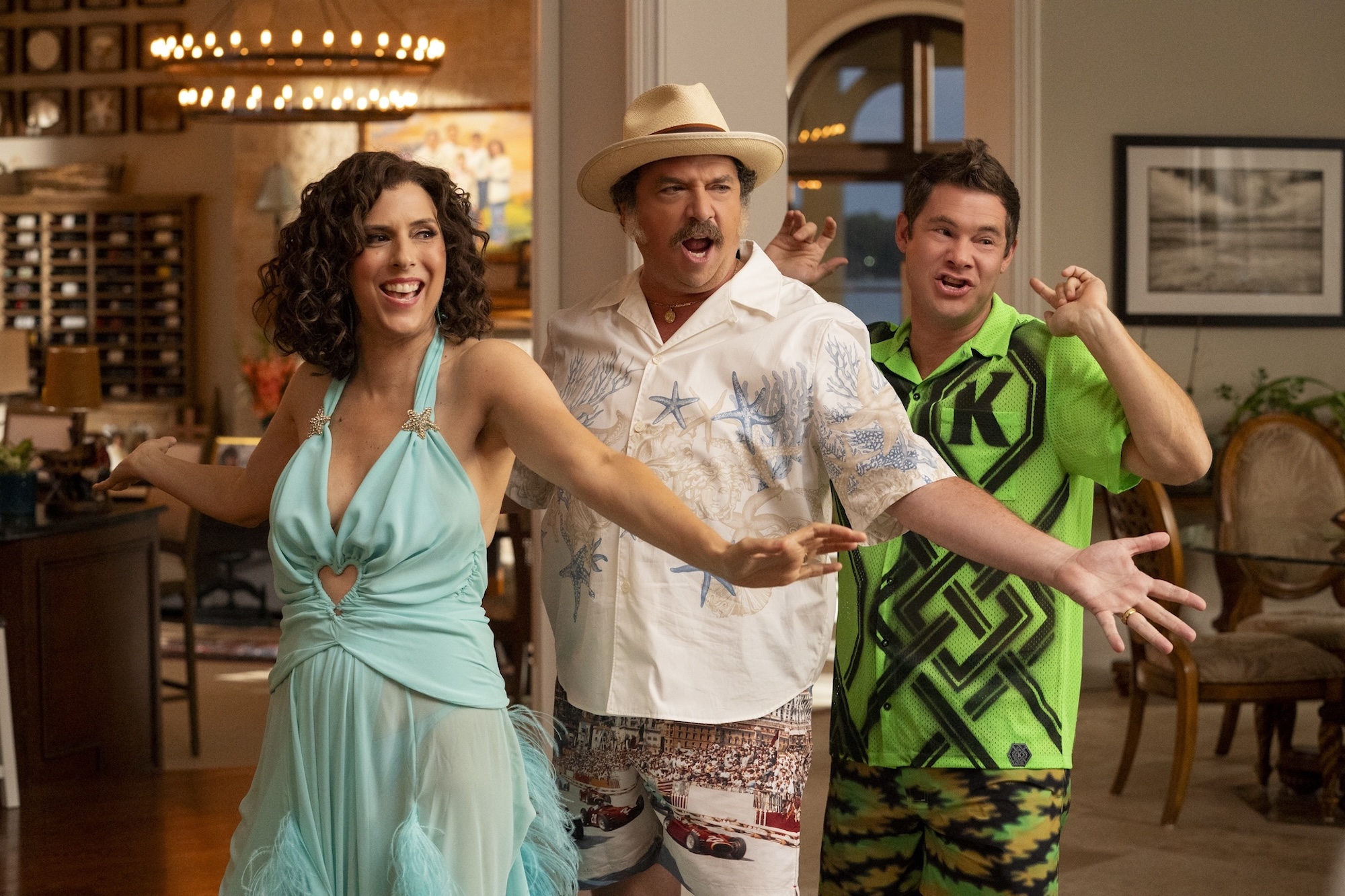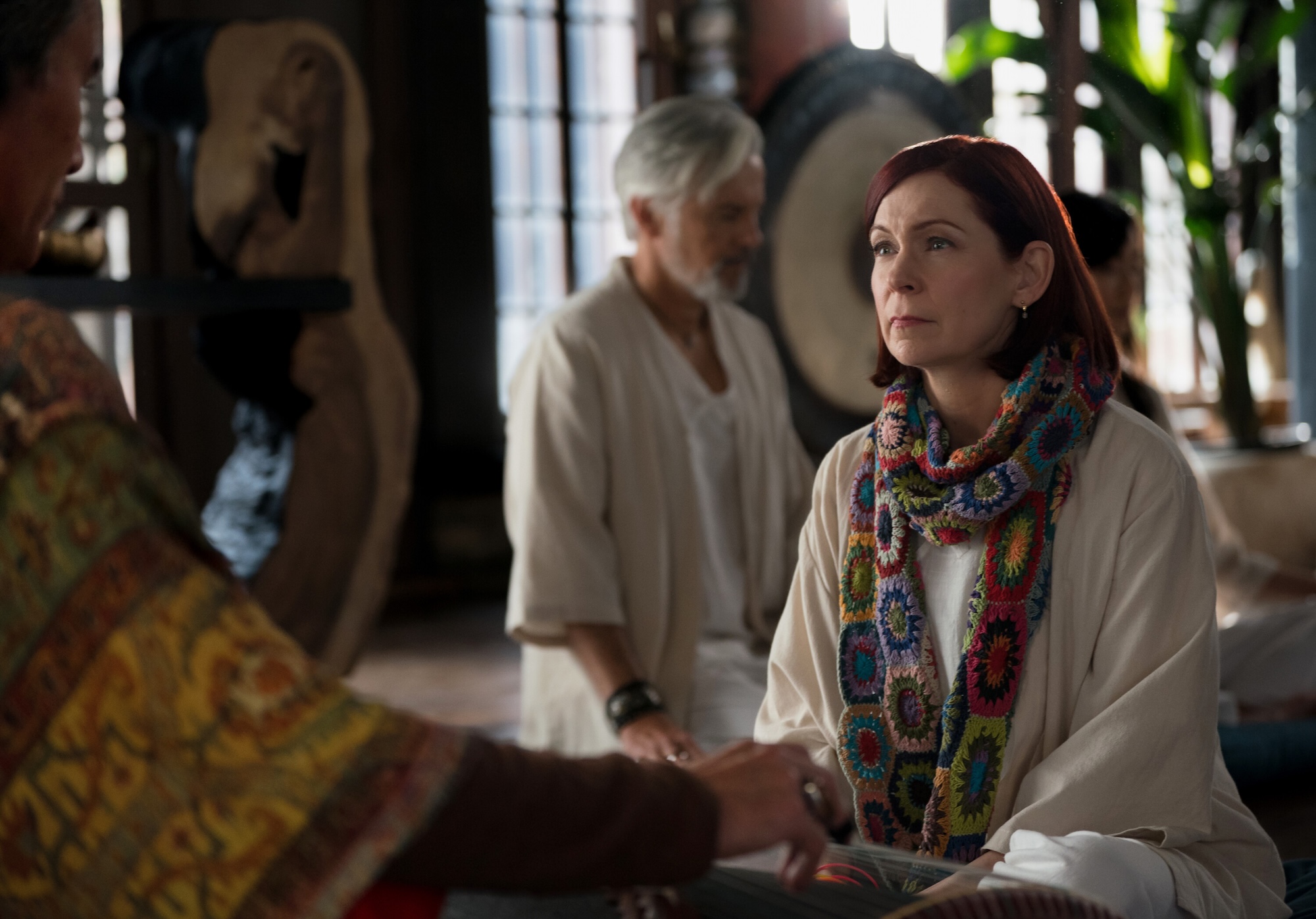The Three Biggest Takeaways From ‘Deadpool & Wolverine’
:no_upscale()/cdn.vox-cdn.com/uploads/chorus_asset/file/25550119/spoiler_warning_v2.2.jpg)
The superhero team-up that Marvel fans have dreamed of for years has finally arrived, and it’s already breaking box office records.
On Friday, Deadpool & Wolverine was released in theaters worldwide. In its opening weekend, the film earned $205 million at the domestic box office and a whopping $438 million globally. Both are all-time highs for an R-rated movie, and that global figure is the best for any film since Avatar: The Way of Water in 2022.
That’s a lot of money, and the movie’s only getting started. In all likelihood, Deadpool & Wolverine will become the second R-rated film to cross the billion-dollar milestone, joining 2019’s Joker. As Marvel Studios’ lone theatrical release of the year, and the sole superhero flick of the summer, the Deadpool threequel is a major win for the studio and the struggling movie industry alike, when both needed one.
As Deadpool himself tells Wolverine in the film, “Welcome to the MCU by the way; you’re joining at a bit of a low point.”
But the response to Deadpool & Wolverine has been a little more complicated than its box office receipts may indicate. Audiences appear to be loving the movie: It earned an A on CinemaScore and currently holds a 97 percent audience score on Rotten Tomatoes. Meanwhile, critics are more mixed on it: The film has a 79 percent rating on Rotten Tomatoes and a middling average of 56 on Metacritic.
Deadpool & Wolverine is an entertaining love letter to—and funeral service for—20th Century Fox’s Marvel movies, which are now Disney-owned IP. It has its fair share of laughs and the kind of crowd-pleasing moments that made audiences erupt during 2021’s Spider-Man: No Way Home. But as self-aware (and relentlessly self-referential) as Deadpool & Wolverine may be, it still suffers from many of the same issues that have plagued Marvel Studios’ projects in recent years. The film doesn’t focus on its story as much as it does its fan service; it has a messy third act (with some questionable CGI); and it has a forgettable lead villain in Charles Xavier’s long-lost twin sister, Cassandra Nova—through no fault of Emma Corrin’s. The English actor brings a delightfully creepy and twisted flair to a role that doesn’t give them much to work with, as Nova falls into a long line of Marvel antagonists whose backstories and motives are secondary.
There’s a lot more to discuss about Marvel’s latest blockbuster, which arrives at a crucial time for the studio, so let’s dive right into my biggest takeaways from Deadpool & Wolverine.
The Multiverse of Cameos
In the months leading up to Deadpool & Wolverine’s release, there was a lot of chatter about which cameos it could contain. Marvel Studios went to great lengths to maintain secrecy, especially after set leaks revealed that characters like Sabretooth would appear, long before he was shown in a teaser. Now that the movie is out, those measures make sense, because there are a lot of cameos—and they’re as important to the film as just about anything else in it, for better or worse.
Early in the movie, Deadpool does an interview with Happy Hogan (Jon Favreau) in the MCU’s main universe, Earth-616, as he applies for a spot on the Avengers. It’s the one instance in which Deadpool spends any extended time on the world that we’ve inhabited in Marvel Studios’ movies for more than 16 years. But it’s also a scene that seems to exist merely for the Avengers references and to show a familiar face. (Was Deadpool really going to leave his “entire world” behind to be an Avenger … in a different universe?) It’s a good indication of what much of the rest of the movie is: a mash-up of cameos and superhero references that span decades.
Deadpool & Wolverine has so many cameos that some returning Marvel characters are essentially extras who appear on the fringes of massive fight scenes, as Easter eggs for eagle-eyed fans. Cassandra Nova has amassed an extensive collection of X-Men villains as her henchmen in the Void, including Pyro, Sabretooth, Toad, Azazel, Lady Deathstrike, Blob, Psylocke, Juggernaut, and more. Most of them don’t even have any lines.
Loki introduced the Void as a sort of purgatory, where characters and relics lost to time are left for eternity—unless, of course, they’re able to escape it. The setting serves as the perfect setup for Deadpool & Wolverine to dunk on 20th Century Fox (which the film does many, many times). And it’s a very convenient way to cram an abundance of crowd-pleasing cameos into the movie.
In the Void, the guest-starring characters who get the most shine are Laura (Dafne Keen), Elektra (Jennifer Garner), Blade (Wesley Snipes), Gambit (Channing Tatum), and the Fantastic Four’s Johnny Storm (Chris Evans). The first three in that group all get their own moments that reference their respective pasts: Laura has another fireside chat with Logan; Elektra gets a joke in about Daredevil; and Blade even gets to recite one of his most iconic lines from Snipes’s Blade trilogy. Meanwhile, Gambit and the Human Torch provide some of the funniest parts of the entire movie, with Evans faking his return as Captain America, only to portray his first Marvel superhero instead, and Tatum’s absurd Cajun accent giving fans a glimpse of what could have been (and thankfully never was).
None of these characters necessarily overextend their welcome: Johnny is killed very quickly (though he returns for a fun stinger that sees Evans let loose after playing the rigid Captain America for years), and the rest of their crew remains behind in the Void, forgotten until the end of the movie. But aside from Laura, who has a natural connection to Wolverine through the events of Logan, they also don’t really align with any part of Deadpool’s or Wolverine’s story in this film. They’re products of the larger joke about the Void and Marvel’s defunct franchises, but the movie’s creative team could have swapped in any number of characters without having any impact on the film’s surrounding plot.
Deadpool & Wolverine borrows a lot from Loki to create its multiversal story framework. The Merc With a Mouth is able to jump across timelines thanks to the TVA, as he uses the organization’s TemPads to travel between worlds. (Beyond the familiar settings and devices from the Disney+ series, Deadpool & Wolverine also features Alioth and Wunmi Mosaku’s B-15.) What the film omits amid all these references is any real sense of stakes or emotional core that would allow it to become more than the romp that it is.
Deadpool’s friends, including his ex-fiancée, Vanessa (Morena Baccarin), are the reason that Deadpool is fighting to save his universe from being destroyed, yet they appear no more than—if not less than—most of these other characters. Vanessa (temporarily) died at the beginning of Deadpool 2, and she still managed to have more screen time in that film than in the threequel. The dissolution of her and Wilson’s relationship is only a minor plot point.
Then there’s the Deadpool Corps, the Void’s group of Deadpool variants that show up for the chaotic final fight against Deadpool and Wolverine. Among the many Deadpools, the most notable are Nicepool (Reynolds), Lady Deadpool (voiced by Blake Lively), Cowboy Deadpool (voiced by Matthew McConaughey), Dogpool (Peggy the dog), and Headpool (voiced by Nathan Fillion), the last of whom is just a CGI floating head that’s a reference to Robert Kirkman’s world of Marvel Zombies in the comics. As great as it is to see Jackman’s Wolverine finally wear his mask in the lead-up to the fight, the action itself is one of several set pieces in the film that fall flat.
Deadpool & Wolverine provides a lot of laughs and nostalgia-fueled delight through its use of former 20th Century Fox (and New Line Cinema) characters, but it sacrifices a coherent story in the process. It’s far from the only MCU movie to do that in recent years, as the multiverse continues to be a messy storytelling medium for Marvel Studios.
Wolverine’s Last Dance (?)
For all of Deadpool & Wolverine’s shortcomings, one critical component of the movie is undeniable: Watching Hugh Jackman play Wolverine will always be entertaining.
Wolverine is perhaps the biggest source of joy in a movie that mines years of nostalgia for Jackman’s performances as the beloved mutant. From all the references to Logan to a (very quick) duel with Sabretooth to the reintroduction of an iconic costume, Deadpool & Wolverine feels like one big tribute to Wolverine—along with the rest of Marvel’s fallen franchises, from the original Blade trilogy onward. Jackman’s gruff Wolverine is a good foil to the incessant chatter coming from Reynolds’s Deadpool, and the actors’ real-life friendship seems to carry into the characters’ on-screen chemistry, even though they’re trying to kill each other for much of the movie.
The film goes all out on the pure spectacle of Jackman’s return to the role, not only showing Wolverine in his yellow-and-blue costume for the first time on the big screen, but also giving glimpses of versions of the character across the multiverse that reference some of his most famous incarnations in the comics: Old Man Logan, Patch, Age of Apocalypse Wolverine, and that time he fought the Incredible Hulk in his classic brown costume. There’s even a Wolverine who has shrunk down to his comic-book-accurate height and one who’s played by Henry Cavill.
Like many aspects of the film’s storytelling, Wolverine’s backstory here is a little too hollow, with our main variant’s traumatic past recounted through exposition dumps about how he failed his world’s X-Men, and not much else. We’re told about what happened to him on multiple occasions but never shown any of it. Deadpool & Wolverine doesn’t offer anything special when it comes to exploring the character—it’s certainly no Logan in this regard.
In fact, the main emotional beats around Wolverine that work here are purely borrowed from Logan and the return of Keen’s X-23. As much as the movie tries to honor the 20th Century Fox film (going as far as showing scenes from it), Deadpool & Wolverine lessens the impact of its ending by bringing X-23 and a revived Wolverine back. Even Kevin Feige was concerned about the prospect of that when Jackman first decided to return, and he should have been. (Of course, now that the movie is actually out, Feige has put his publicity hat on and spoken about the “great care” that went into welcoming Jackman to the MCU.)
Ultimately, what’s most important to the film—and likely to much of its audience—is the opportunity to see Jackman wielding his adamantium claws again. It really defies all logic that the 55-year-old is still performing in this superhero role and maintaining the ridiculous shape that he’s in; the Australian actor is like LeBron James on the big screen. (One of the best recurring bits is the TVA employees’ inability to stop gawking at Jackman, and Deadpool & Wolverine even uses its climax to reveal his shirtless abs and biceps in the most dramatic way possible.)
Will Jackman finally enter superhero retirement for good after this movie, or will he keep going now that he’s in the MCU? Deadpool jokes that Disney will make him go until he’s 90, and they really might after grown men around the country (probably) sobbed at the sight of him in Wolverine’s classic yellow-and-blue suit this past weekend. Disney would happily wipe away those tears with wads of cash for years to come—or, at the very least, for one more appearance, in Avengers: Secret Wars.
It’s always possible that Keen’s X-23 steps into the role of Wolverine in the MCU’s new X-Men franchise, whenever it appears. Alternatively, the character could—and probably should—be played by a new actor entirely. In a recent interview with DiscussingFilm, Feige said that nothing has been decided yet, but he acknowledged that someone would have to replace Jackman eventually.
“We don’t have immediate plans, by any means,” Feige said. “But in the decades to come, I think it’s inevitable. If that happens it would have to be a very different and bold reinterpretation of [the character] because no one will be as great as Hugh Jackman at doing his version of Wolverine.”
The State of the MCU
This was a big weekend for Marvel Studios. Deadpool & Wolverine set revenue records, and audiences were more excited than they have been for an MCU movie since No Way Home. The studio has found a formula for Multiverse Saga success that it first used for its big Spidey reunion: the return of beloved characters (or the actors who once played them).
On Saturday night, Marvel returned to the Hall H stage at San Diego Comic-Con for the first time since 2022. While the studio generated some buzz about its presentation on the freshly titled Fantastic Four: First Steps, which included a first look at the live-action Galactus, the big surprise came in the form of an in-person casting announcement: Robert Downey Jr. as Doctor Doom.
After winning an Oscar for his supporting role in last summer’s Oppenheimer and earning an Emmy nomination in this year’s The Sympathizer, Downey has returned to the MCU—just not in the role we might have originally anticipated. “New mask, same task,” the actor said following his dramatic unmasking at the convention.
In the wake of the firing of Jonathan Majors, which came after Majors was convicted of misdemeanor assault and harassment in December, Marvel has found a new central villain for the Multiverse Saga: the man who played its very first MCU superhero. The studio is replacing Avengers: The Kang Dynasty, and Majors’s Kang the Conqueror, with Avengers: Doomsday, now slated for May 2026. And along with Downey, the core creative team behind some of the Infinity Saga’s biggest hits is returning for Doomsday and 2027’s Secret Wars: the Russo brothers and writer Stephen McFeely.
The original plans for the Multiverse Saga have fallen apart for various reasons, largely because Majors is out of the picture. And so the studio has opted for what is perhaps its safest course forward, turning to its past to carry it into the future. But as with Wolverine’s return in Deadpool & Wolverine, the studio is exhuming a beloved fallen character, potentially undercutting what was the perfect send-off for Downey’s Iron Man in Avengers: Endgame.
If Deadpool & Wolverine is any indication, Marvel’s plans to revive the Avengers franchise and close out its Multiverse Saga by leaning on familiar faces and playing the hits may well succeed. From a commercial standpoint, it’s not a bad plan to bring back audiences before a new cast of X-Men likely leads the MCU into its next era of films and TV shows. Reviving and recycling characters and story lines is a proven tactic from generations of comic books; the studio is simply following the model that it always has.
But much like No Way Home before it, Deadpool & Wolverine is less a movie built to stand on its own than one that stands on the costumed shoulders of the characters who ushered in a new wave of superhero movies in the early 2000s. There may be a limit to the track in front of the nostalgia train the Multiverse Saga has boarded in an act of desperation. Marvel Studios has come full circle by bringing back Robert Downey Jr. to play Doctor Doom; in a few years, we’ll find out whether building around Downey works as well as it did the first time around.







